Ace Aquatec’s A-BIOMASS® aims to address the costly issue of weight variance
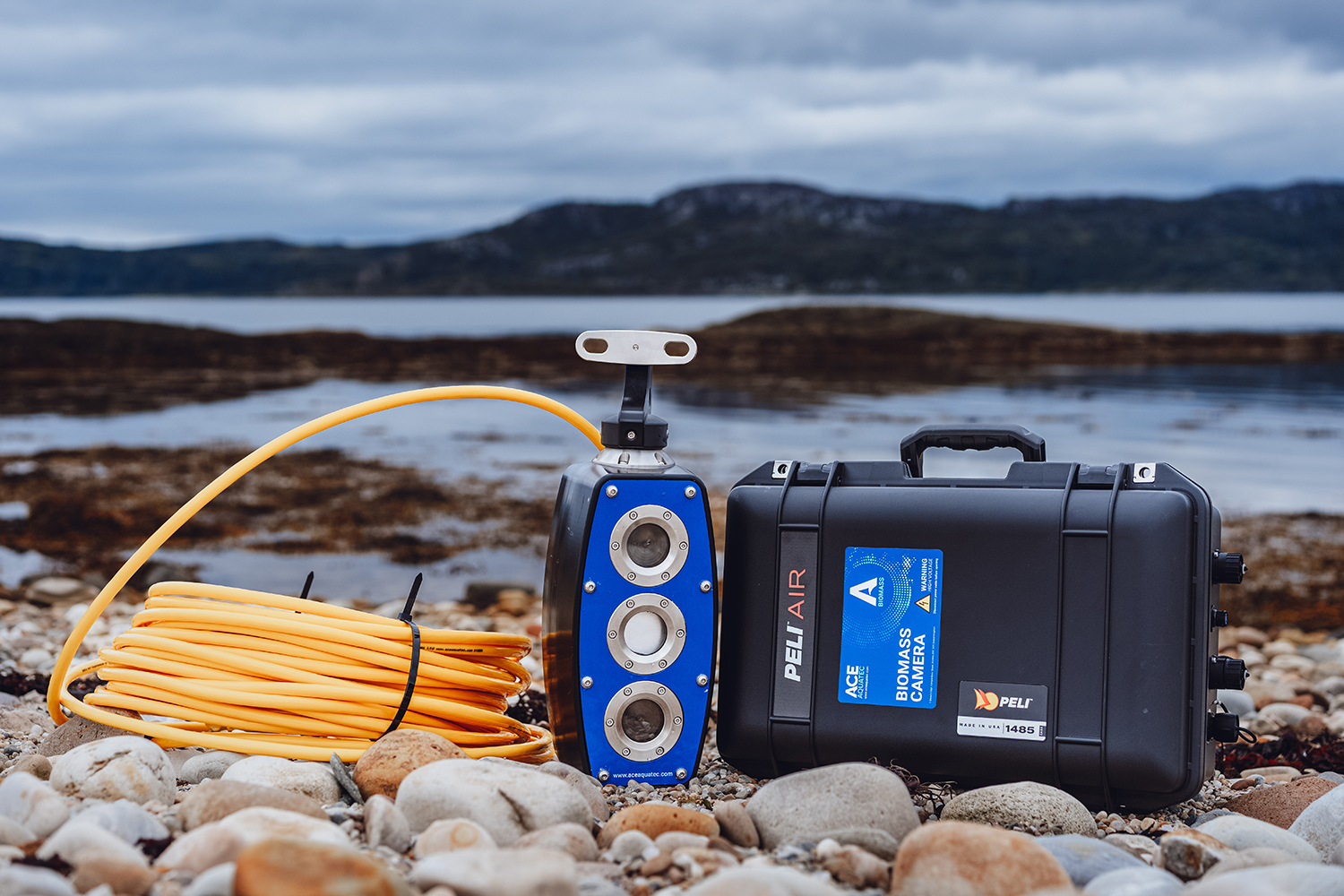
Weight variance is a costly problem for fish farmers. Ahead of harvest, most fish farms around the world use manual samples of fish to determine their overall biomass, a labor-intensive process that is fraught with inaccuracies.
Last year, Ace Aquatec released A-BIOMASS®, a camera that utilizes point cloud technology to provide real-time 3D images of farmed fish for AI-powered biomass estimation. The cameras contain embedded processors that analyze high-definition images and deliver biomass readings with a 97–99.75 percent accuracy rate over multiple harvests.
A previous winner of the Responsible Seafood Innovation Award for its Humane Stunner Universal in 2019, Ace Aquatec believes A-BIOMASS® is an invaluable tool for informing fish husbandry and saving money.
In development for the past seven years, it has been named a finalist in the Global Seafood Alliance’s Responsible Seafood Innovation Awards in the aquaculture category. Three finalists from the fisheries and aquaculture categories will present at the Responsible Seafood Summit on Oct. 22 in St Andrews, Scotland. Attendees will determine the winner by poll.
In researching the extent of the weight variance problem, Ace Aquatec found an average ±5.3 percent error in biomass estimations of farmed salmon and rainbow trout. For a farm with a production capability of 1,200 to 1,300 tons, that overestimation could cost them €140,650 in excess feed, and another €16,250 in loss of sales income, adding up to € 156,900 annually.
An underestimation of 5 percent would cost €6,500 in unnecessary sea lice treatments and another €16,250 in loss of sales income, adding up to €22,750. Ace Aquatec noted that on average, biomass estimation errors of ±5 percent in the European sea bream, sea bass and salmonid cage farming industry lead to a loss of profits of €91 million annually.
“The camera, which is trained specifically for the fish species it’s capturing, takes a constant video over the entire day,” said Keith Davidson, Ace Aquatec’s chief technology officer. “In real-time, it takes the highest probability readings of singular fish, determining the size and biomass of the fish.”
The readings are passed up to a cloud-based data service and presented on a portal. Individual images can also be sent to the cloud for further analysis, for example presence of wounds or sea lice for verification by health teams.
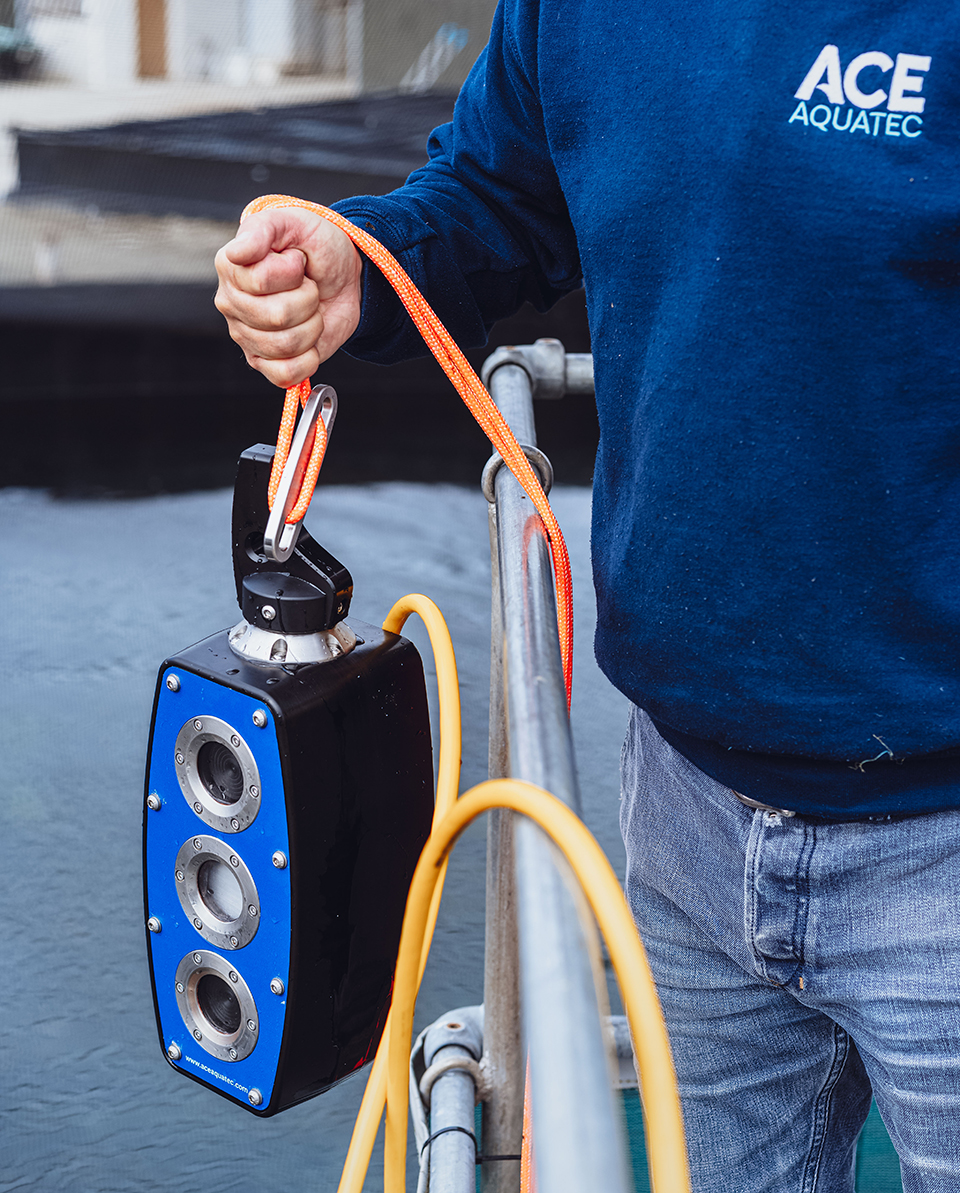
“Compared with manual sampling, our A-BIOMASS® allows you to capture more samples of more fish, and the calculations off of that are much more reliable and accurate,” Davidson said.
A-BIOMASS® was built to withstand a wide range of environments, from land-based recirculating aquaculture systems (RAS) to more remote, harsh environments. Rated to depths of 60 meters, the camera weighs 8.5 kg (18 lbs), is easily operated by one person, and is simple to move from one fish pen to another, though the company recommends keeping A-BIOMASS® in a pen for a few weeks at a time to get comprehensive biomass readings.
The camera sits on an automated winch system that moves up and down, positioning itself at different layers in the pen, enabling it to capture a broader population of fish. Biomass readings are delivered in real-time and are aggregated on a daily or monthly basis to give farmers insights into the percentage of fish in different weight categories, as well as the condition of the fish.
“That lets them know how effective the feeding regime is and if there are any problems,” Davidson said. “We made it extremely simple for farm staff to use. A little training is required, but anyone who is computer literate and can log in, can use it.”
While competing technologies have attempted to automate the weight estimation process, their biomass frames tend to be skewed towards larger, dominant fish that pass through the frame. Some also use 2D triangulation, which can struggle with a range of difficult conditions such as high turbidity. In both cases, accuracy is questionable.
A-BIOMASS® is available for rent and Ace Aquatec recommends two to three cameras for eight pens, but if a farm wants to monitor wound or lice detection consistently, the cameras would ideally stay in longer.
“The main thing is to find the optimal rotation of cameras between pens, so that farmers can get the best readings,” Davidson said.
He added that customers using A-BIOMASS® have been impressed by its ease of use and the accuracy of its readings: “It’s ticking all the boxes for them.”
We made it extremely simple for farm staff to use. A little training is required, but anyone who is computer literate and can log in, can use it.
As it works on its second release of A-BIOMASS®, Ace Aquatec is treating the camera components to ensure they can best withstand the harsh sea environment.
“We can manufacture them fairly fast, but we want to make sure they’re rugged enough, so we’re getting that part nailed down. There’s no point putting out a thousand cameras and having them fail – you want to make sure they’re durable,” he said.
More training is also being done to enhance the cameras’ ability to detect wounds and sea lice. “We recognized that aquaculture needed a non-disruptive automated means to track fish weights, inform grading and avoid overfeeding or underfeeding,” Davidson said. “We’re confident A-BIOMASS® will help farmers optimize their operations and ultimately save money during grow-out.”
Now that you've reached the end of the article ...
… please consider supporting GSA’s mission to advance responsible seafood practices through education, advocacy and third-party assurances. The Advocate aims to document the evolution of responsible seafood practices and share the expansive knowledge of our vast network of contributors.
By becoming a Global Seafood Alliance member, you’re ensuring that all of the pre-competitive work we do through member benefits, resources and events can continue. Individual membership costs just $50 a year.
Not a GSA member? Join us.
Author
-
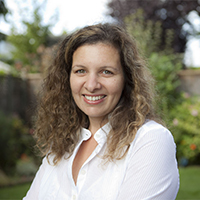
Lauren Kramer
Vancouver-based correspondent Lauren Kramer has written about the seafood industry for the past 15 years.
Tagged With
Related Posts
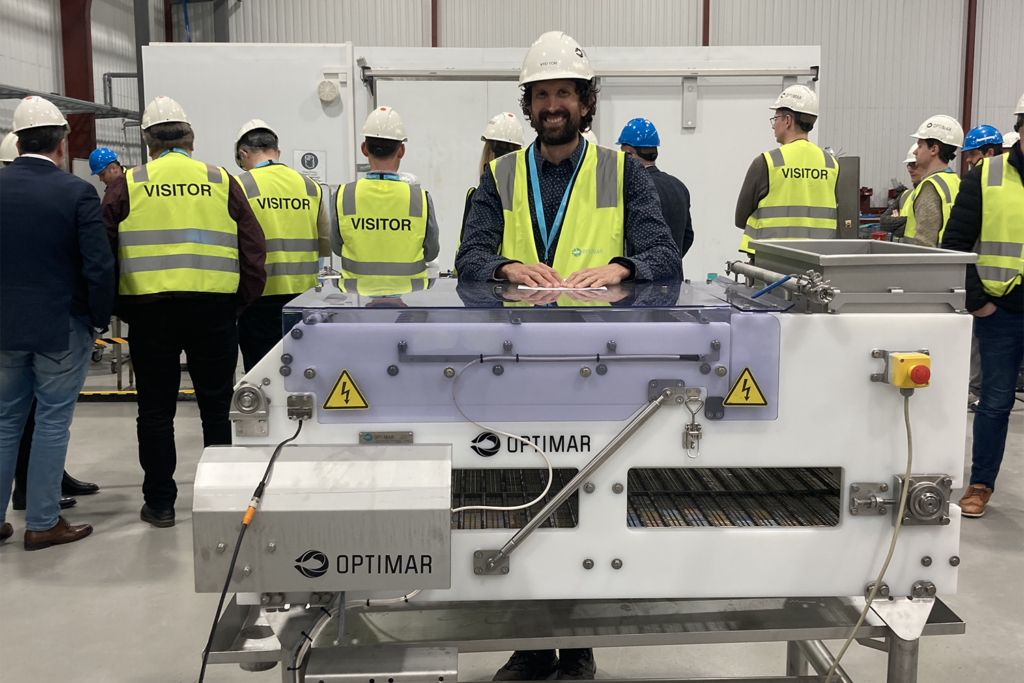
Health & Welfare
Ace Aquatec and Shrimp Welfare Project team up to promote humane stunning
Ace Aquatec and the Shrimp Welfare Project working together to improve shrimp welfare through humane stunning methods.
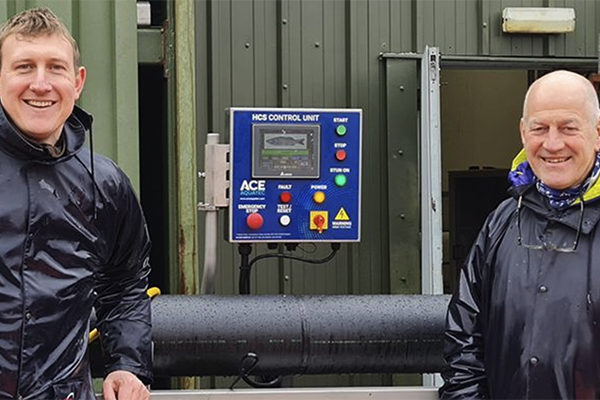
Responsibility
Ace Aquatec and Tiny Fish team up to advance Scotland’s salmon circular economy
Ace Aquatec and Tiny Fish aim to expand premium food markets for small Scottish salmon, enhancing the circular economy.
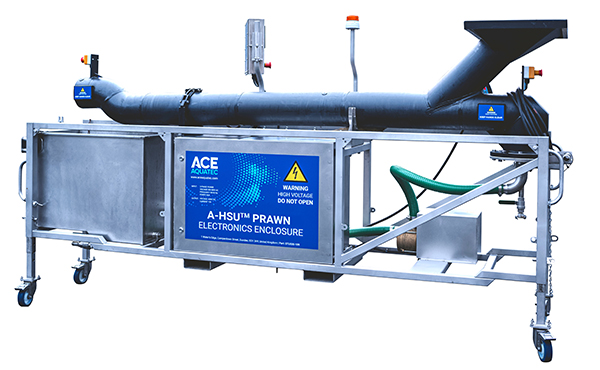
Health & Welfare
Ace Aquatec launches in-water portable prawn stunner to improve aquaculture welfare
The company's Prawn Humane Stunner Universal can stun prawns unconscious in less than one second, improving animal welfare in aquaculture.
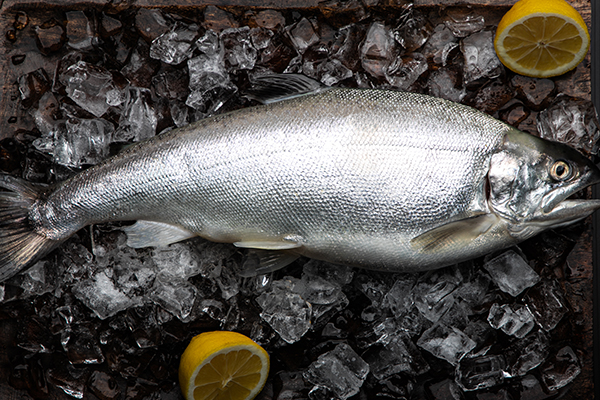
Health & Welfare
Coho salmon farmer sees Ike Jime partnership as a welfare and quality differentiator
New York-based Local Coho is the first aquaculture company to partner with Shinkei Systems and its automated Ike Jime humane slaughter technology.


